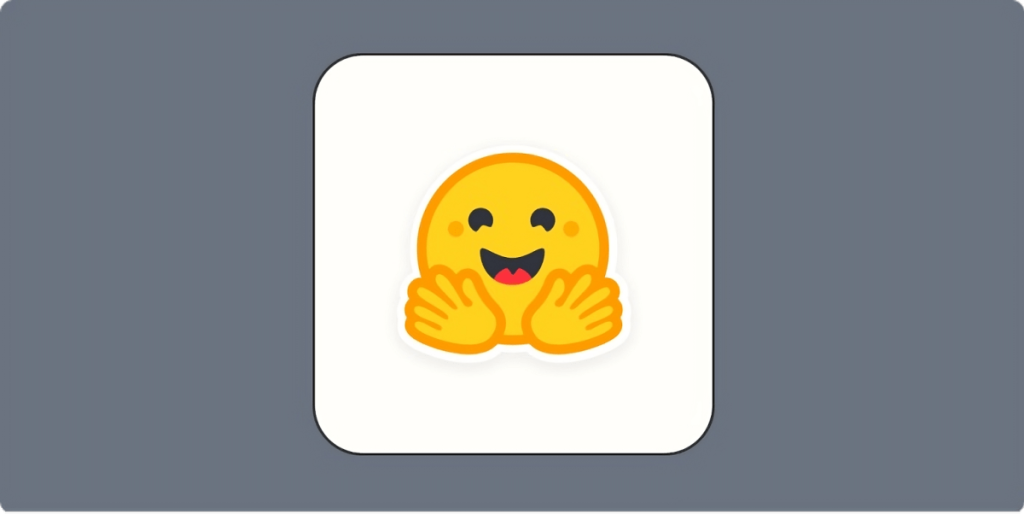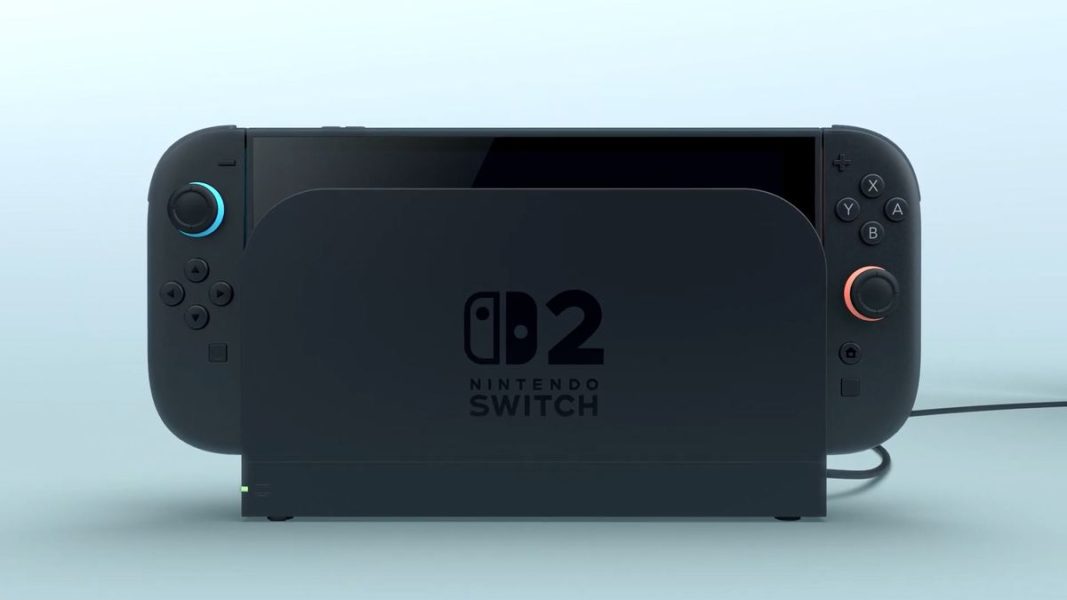Hugging Face claims its new AI models are the smallest of their kind – TechCrunch

Latest
AI
Amazon
Apps
Biotech & Health
Climate
Cloud Computing
Commerce
Crypto
Enterprise
EVs
Fintech
Fundraising
Gadgets
Gaming
Government & Policy
Hardware
Layoffs
Media & Entertainment
Meta
Microsoft
Privacy
Robotics
Security
Social
Space
Startups
TikTok
Transportation
Venture
Events
Startup Battlefield
StrictlyVC
Newsletters
Podcasts
Videos
Partner Content
TechCrunch Brand Studio
Crunchboard
Contact Us
A team at AI dev platform Hugging Face has released what they’re claiming are the smallest AI models that can analyze images, short videos, and text.The models, SmolVLM-256M and SmolVLM-500M, are designed to work well on “constrained devices” like laptops with less than around 1GB of RAM. The team says that they’re also ideal for developers trying to process large amounts of data very cheaply.SmolVLM-256M and SmolVLM-500M are just 256 million parameters and 500 million parameters in size, respectively. (Parameters roughly correspond to a model’s problem-solving abilities, such as its performance on math tests.) Both models can perform tasks like describing images or video clips and answering questions about PDFs and the elements within them, including scanned text and charts.To train SmolVLM-256M and SmolVLM-500M, the Hugging Face team used The Cauldron, a collection of 50 “high-quality” image and text datasets, and Docmatix, a set of file scans paired with detailed captions. Both were created by Hugging Face’s M4 team, which develops multimodal AI technologies.The team claims that both SmolVLM-256M and SmolVLM-500M outperform a much larger model, Idefics 80B, on benchmarks including AI2D, which tests the ability of models to analyze grade-school-level science diagrams. SmolVLM-256M and SmolVLM-500M are available on the web as well as for download from Hugging Face under an Apache 2.0 license, meaning they can be used without restrictions.Small models like SmolVLM-256M and SmolVLM-500M may be inexpensive and versatile, but they can also contain flaws that aren’t as pronounced in larger models. A recent study from Google DeepMind, Microsoft Research, and the Mila research institute in Quebec found that many small models perform worse than expected on complex reasoning tasks. The researchers speculated that this could be because smaller models recognize surface-level patterns in data, but struggle to apply that knowledge in new contexts.TechCrunch has an AI-focused newsletter! Sign up here to get it in your inbox every Wednesday.Topics
Senior Reporter, Enterprise
Tesla’s redesigned Model Y is coming to North America in March for $60,000
OpenAI launches Operator, an AI agent that performs tasks autonomously
Hackers found a way to remotely unlock, start, and track millions of Subarus
Meta’s Yann LeCun predicts ‘new paradigm of AI architectures’ within 5 years and ‘decade of robotics’
Everstone acquires bootstrapped Indian startup Wingify for $200M
How to delete Facebook, Instagram, and Threads
Trump administration fires members of cybersecurity review board in ‘horribly shortsighted’ decision
Subscribe for the industry’s biggest tech newsEvery weekday and Sunday, you can get the best of TechCrunch’s coverage.TechCrunch’s AI experts cover the latest news in the fast-moving field.Every Monday, gets you up to speed on the latest advances in aerospace.Startups are the core of TechCrunch, so get our best coverage delivered weekly.By submitting your email, you agree to our Terms and Privacy Notice.© 2024 Yahoo.



